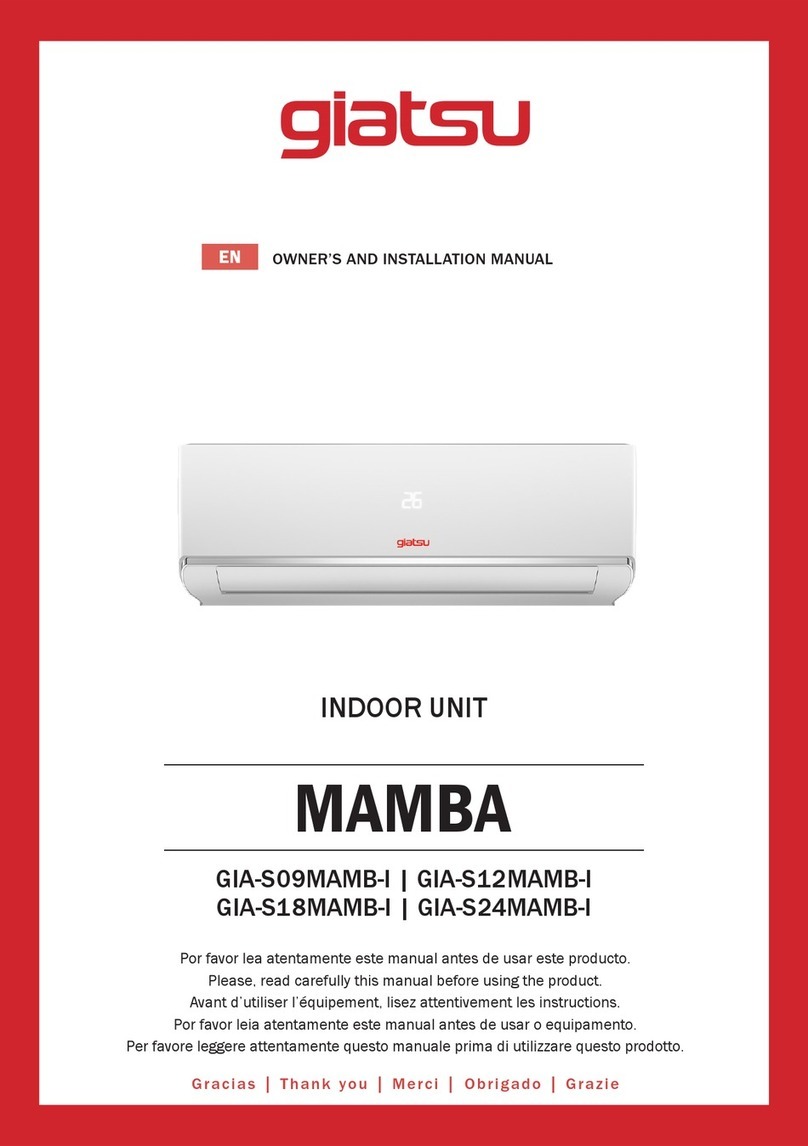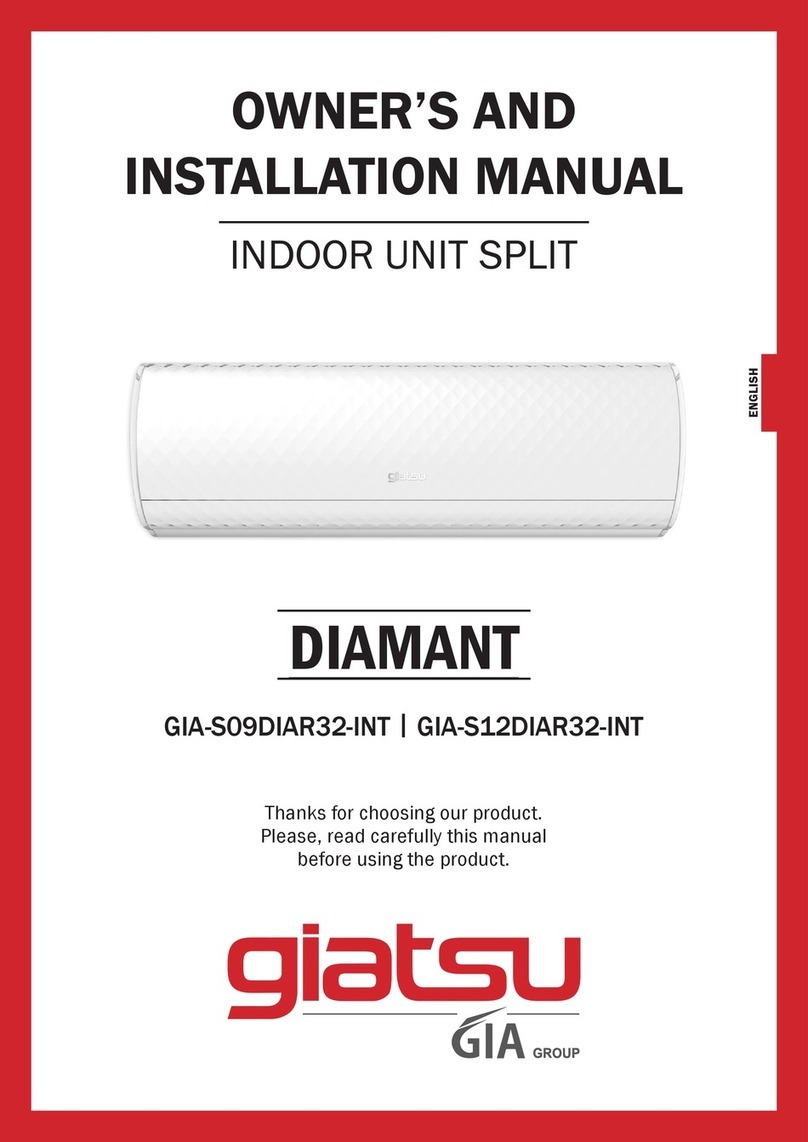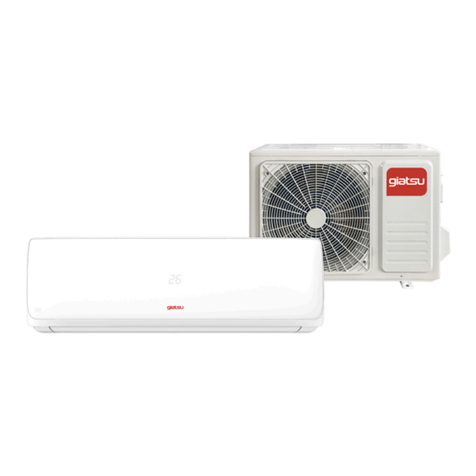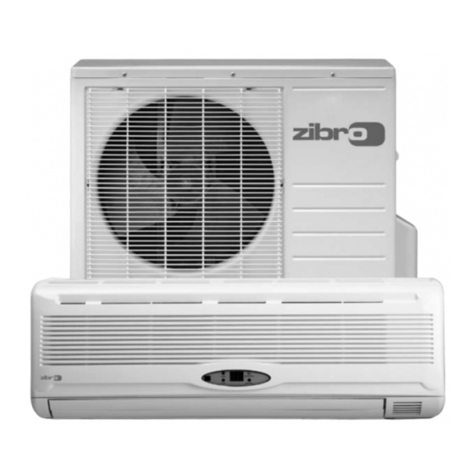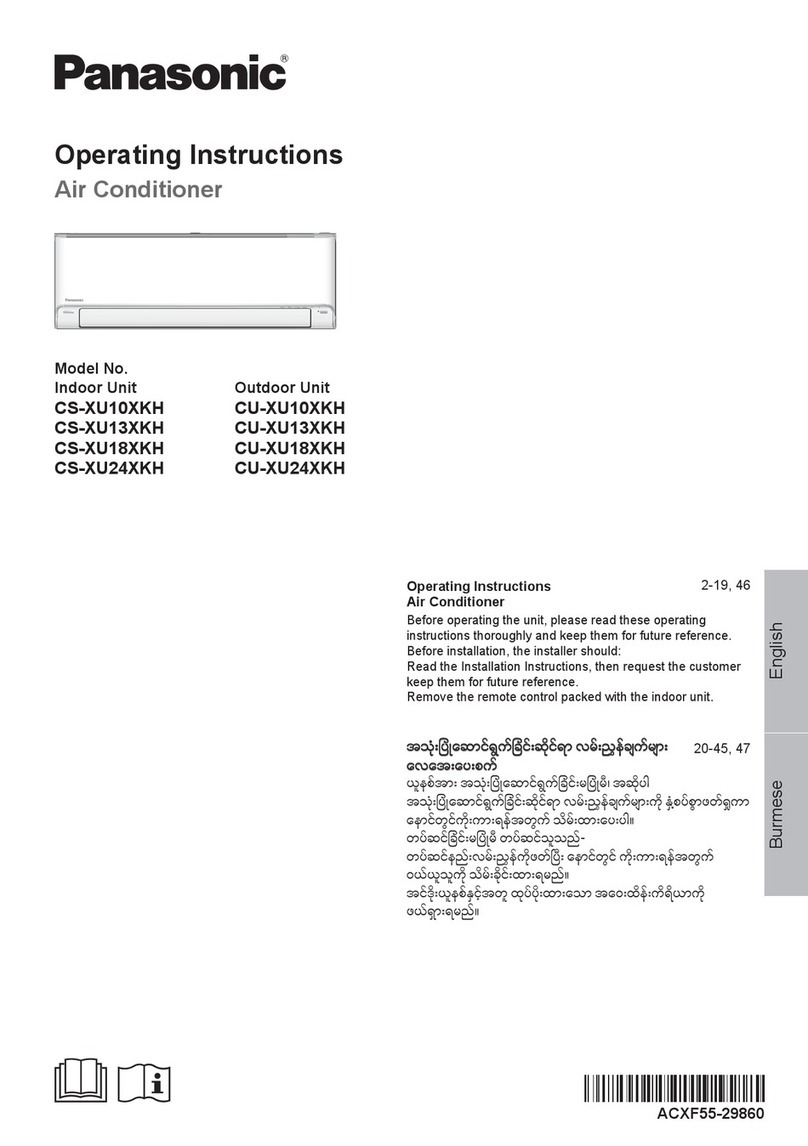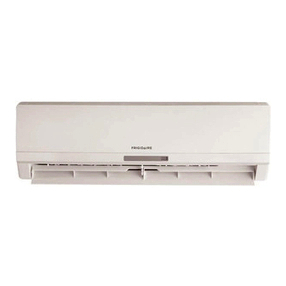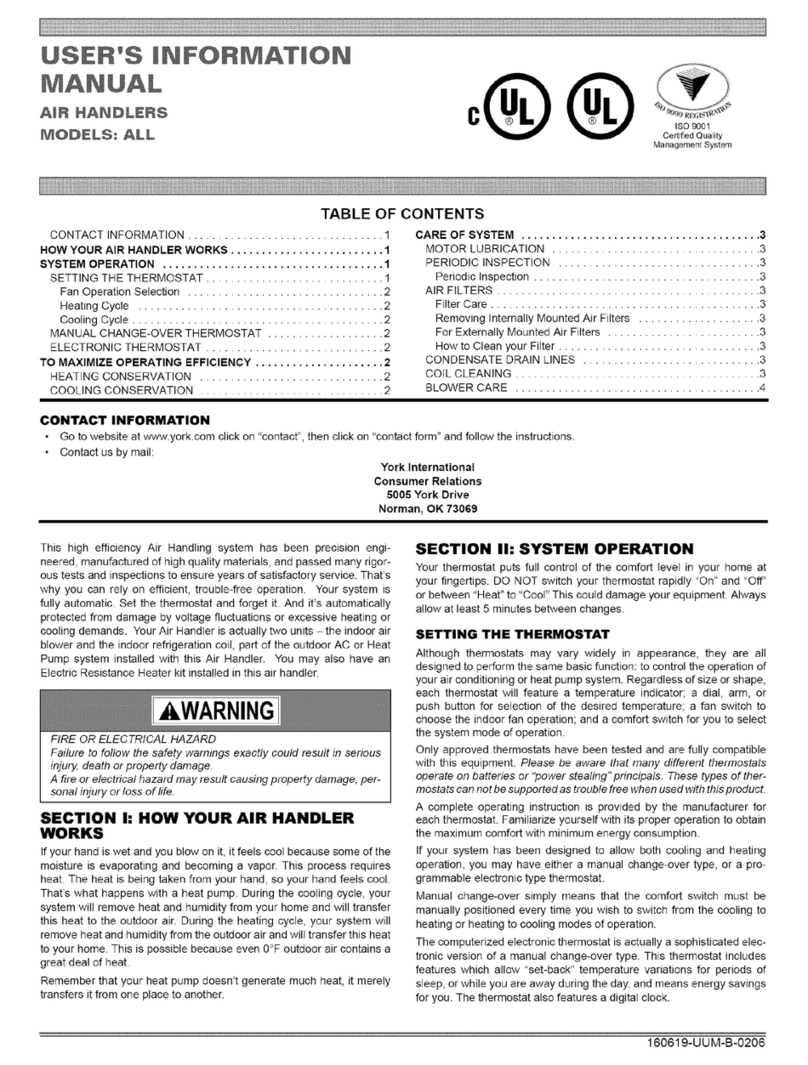Giatsu JONICA GIA-FST3-O-48JON Service manual




















Table of contents
Other Giatsu Air Conditioner manuals
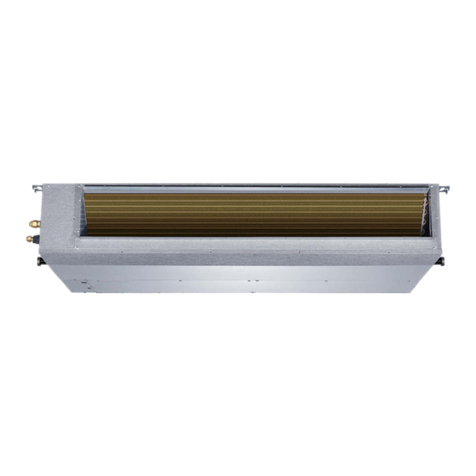
Giatsu
Giatsu GIA-MDI-12IX43R32 User manual
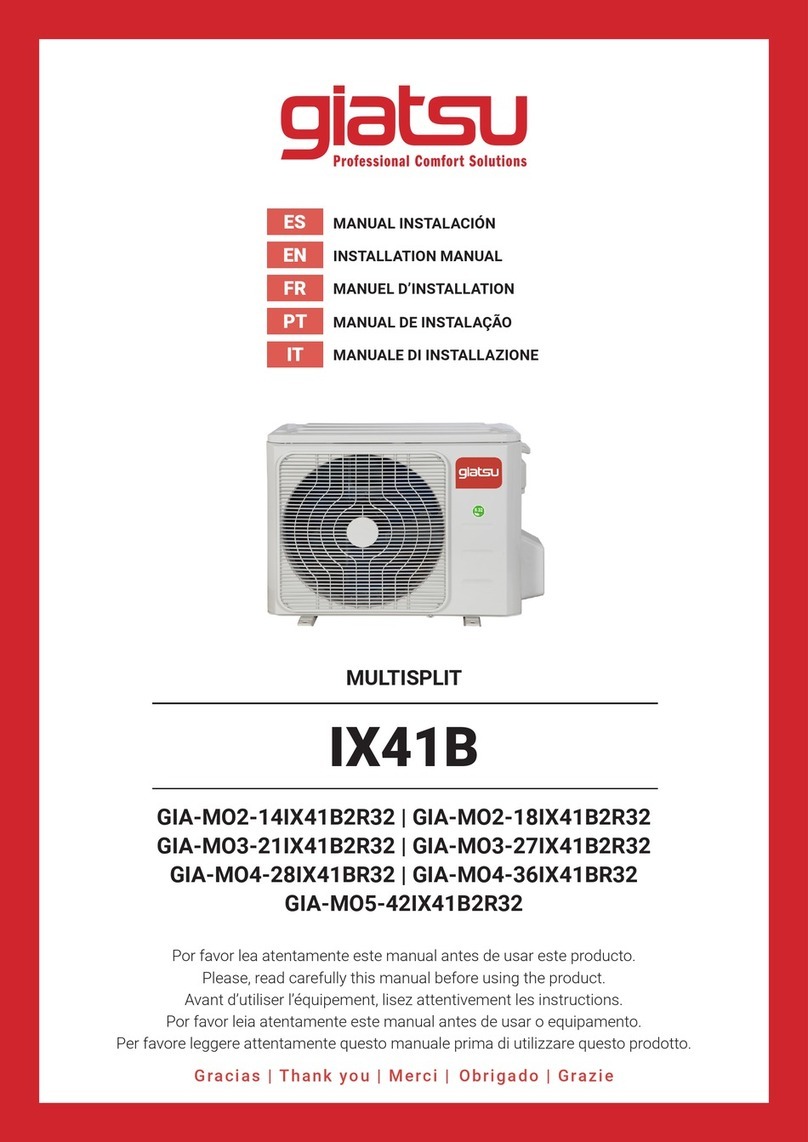
Giatsu
Giatsu IX41B Series User manual

Giatsu
Giatsu PREMIUM R32 Service manual
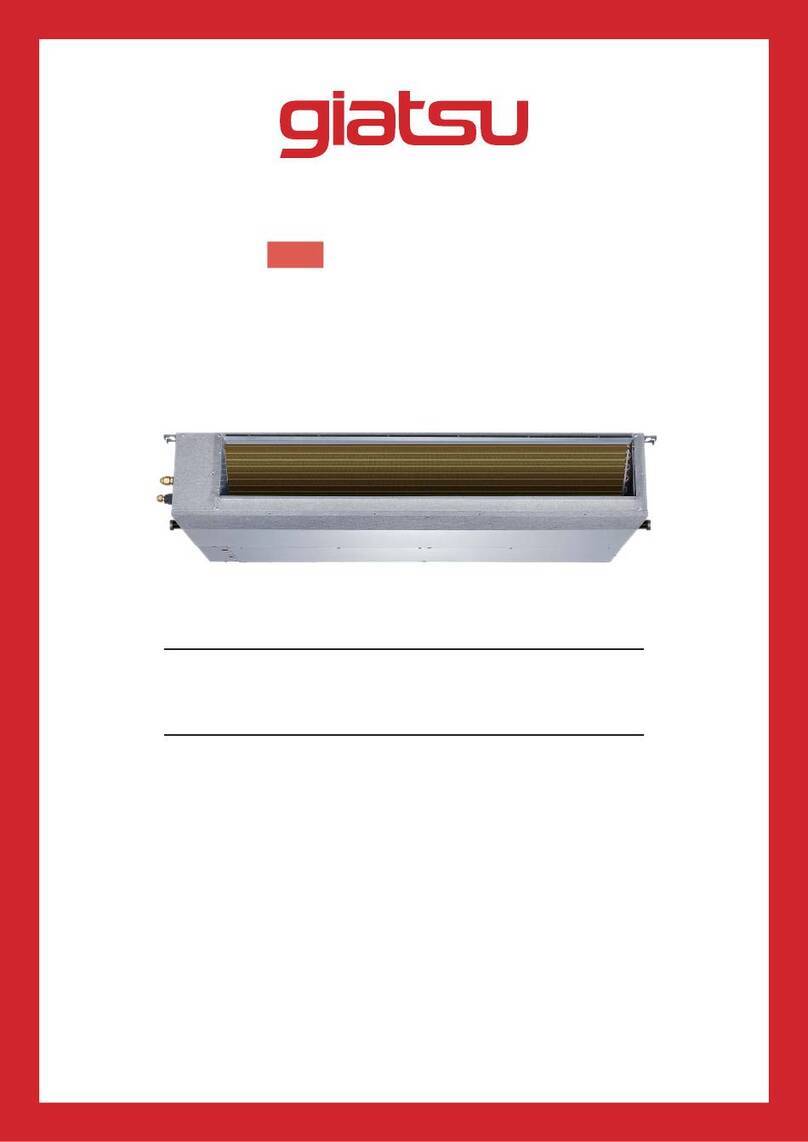
Giatsu
Giatsu GIA-D-12IX43R32 User manual

Giatsu
Giatsu VIOLET UV GIA-S09VIOUV User manual
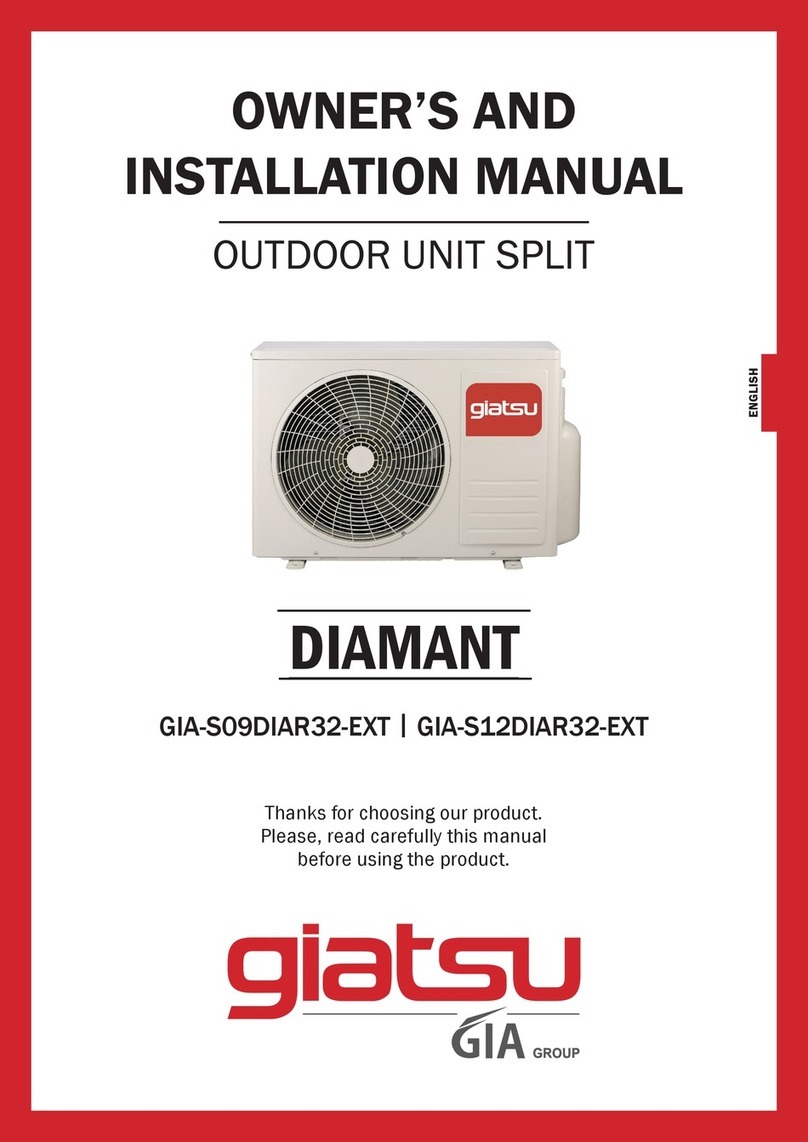
Giatsu
Giatsu DIAMANT GIA-S09DIAR32-EXT Service manual
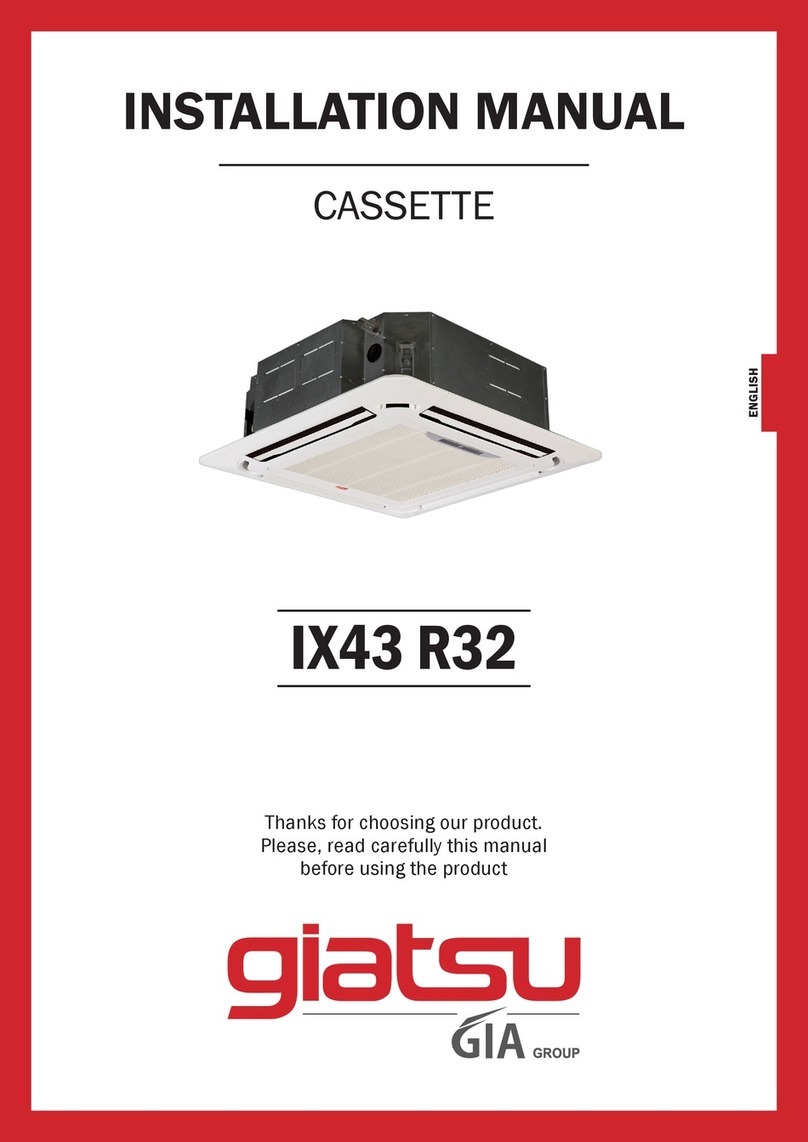
Giatsu
Giatsu IX43 R32 User manual
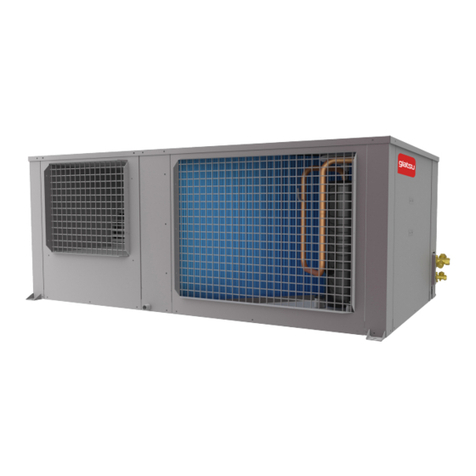
Giatsu
Giatsu INVISIBLE User manual

Giatsu
Giatsu MAMBA Service manual
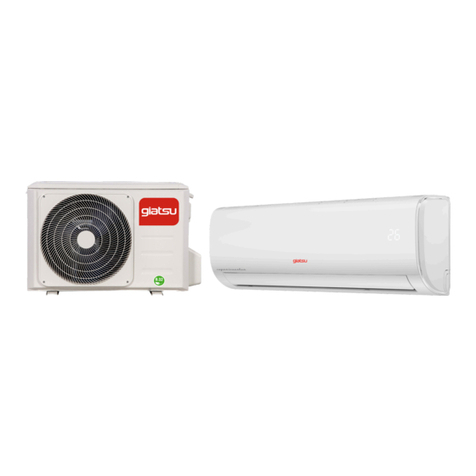
Giatsu
Giatsu GIA-S09AR2B-R32 User manual
Popular Air Conditioner manuals by other brands

Galletti
Galletti FM User, installation & maintenance manual

Electra
Electra WNG 25 DCI Series Service manual
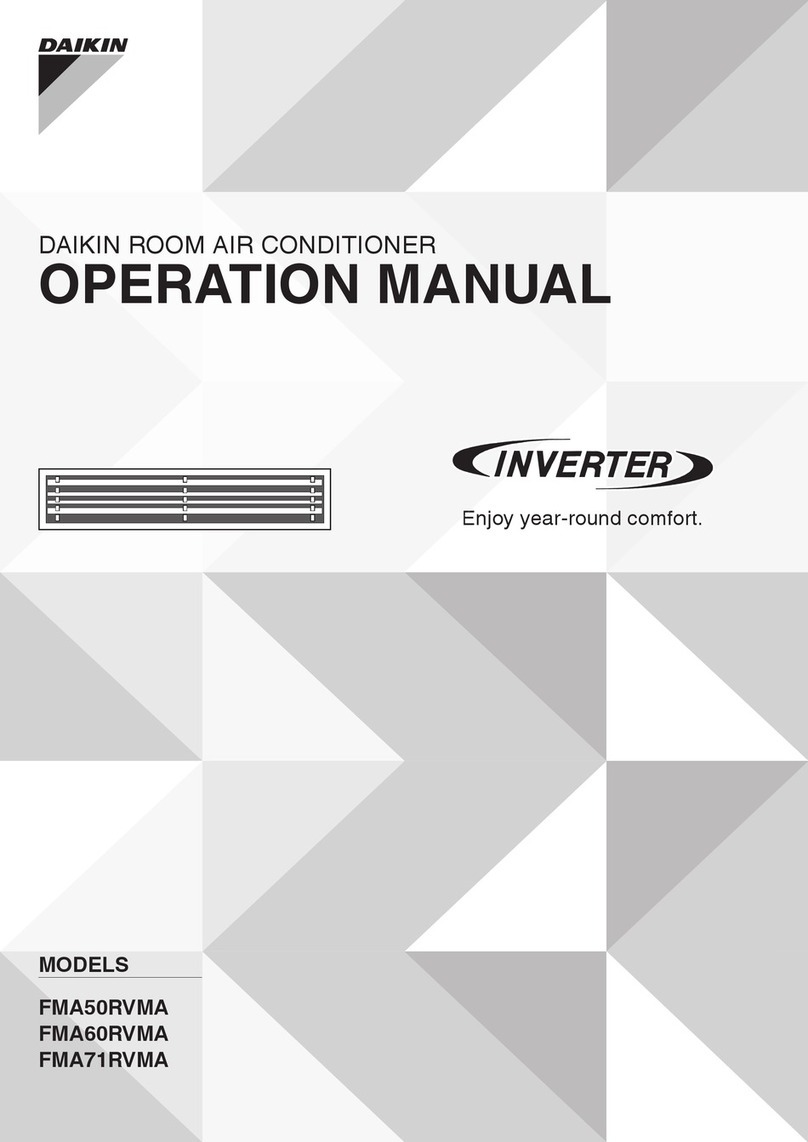
Daikin
Daikin FMA50RVMA Operation manual
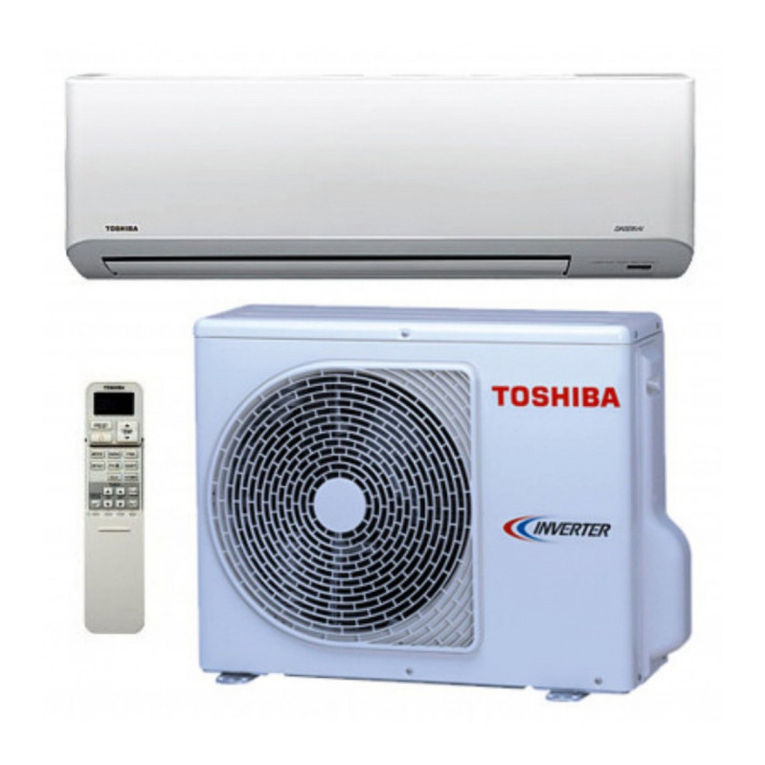
Toshiba
Toshiba RAS-10SKVP2 Series installation manual

Tadiran Telecom
Tadiran Telecom ASTW-H12L4/x-IQ Series owner's manual
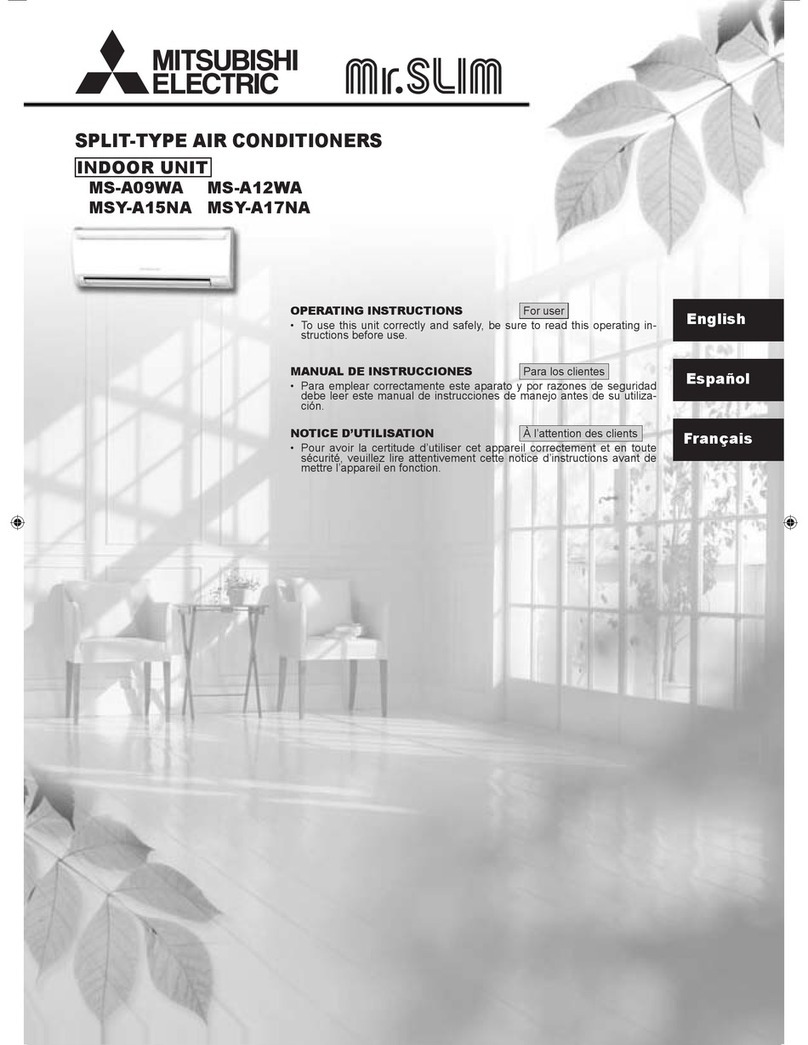
Mitsubishi Electric
Mitsubishi Electric Mr. Slim MS-A09WA operating instructions

Mitsubishi Electric
Mitsubishi Electric Mr.SLIM PLA-RP BA Technical data book

Unitary products group
Unitary products group LA120 installation manual
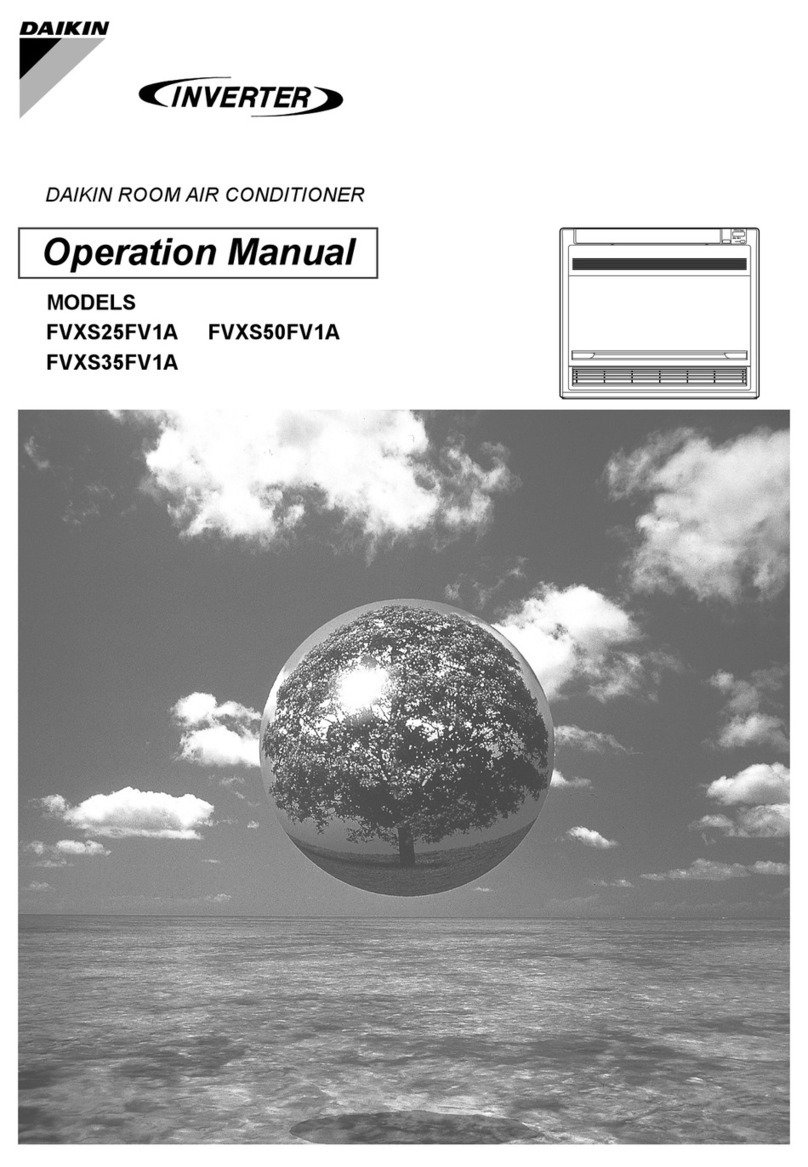
Daikin
Daikin FVXS25FV1A Operation manual

Daikin
Daikin FTKJ09NV1SW Service manual

Samsung
Samsung MH052FB A series user manual
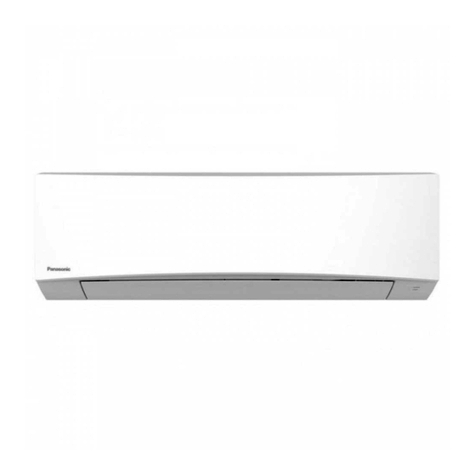
Panasonic
Panasonic CS-TZ9SKEW Service manual
